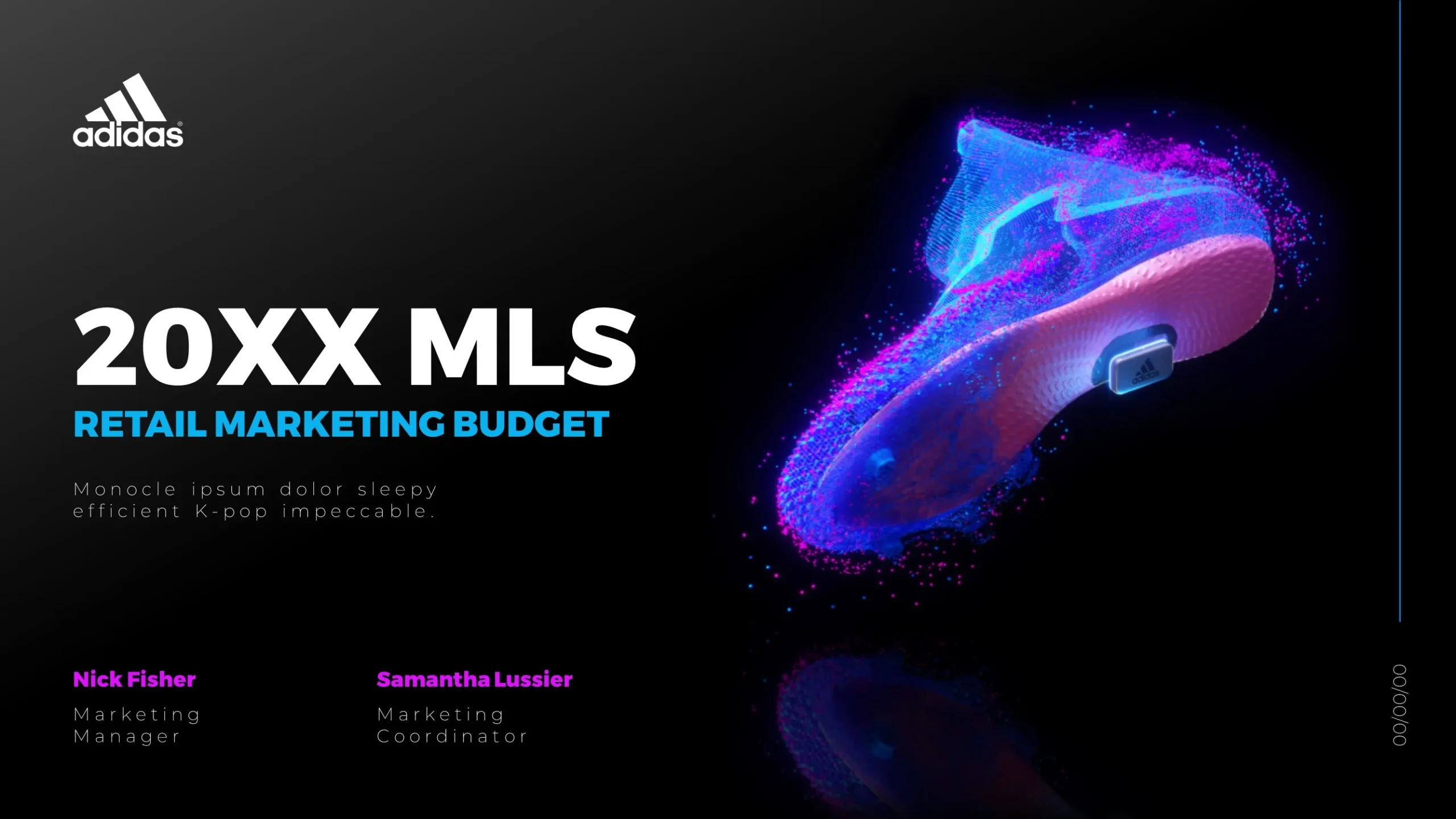Creating an effective app demo presentation involves showcasing your app’s features, functionality, and benefits in a clear and engaging manner. Here’s how to structure your presentation:
1. Introduction
- Brief Overview: Introduce your app, its purpose, and its target audience.
- Problem Statement: Describe the problem your app solves.
2. Key Features
- Highlight Core Features: Demonstrate the main features of the app that address user needs.
- User Interface (UI): Show the app’s UI, focusing on ease of use and design.
3. Live Demo
- Walkthrough: Provide a step-by-step walkthrough of the app, showing how to use it effectively.
- Use Cases: Present different scenarios to demonstrate the app’s versatility.
4. Benefits
- User Benefits: Explain how the app improves the user’s life or work.
- Unique Selling Points: Highlight what makes your app unique compared to competitors.
5. Technical Details
- Platform Compatibility: Specify the platforms your app supports (iOS, Android, web).
- Security and Performance: Discuss the app’s security features and performance metrics.
6. User Testimonials and Case Studies
- Positive Feedback: Share testimonials from users who have benefited from your app.
- Case Studies: Include specific examples of how your app has been successfully implemented.
7. Call to Action
- Download or Trial: Encourage the audience to download the app or sign up for a free trial.
- Contact Information: Provide your contact details for further inquiries.
Design Tips
- Engaging Visuals: Use high-quality images and videos to keep the audience engaged.
- Clear and Concise Text: Keep text minimal and focus on visual demonstrations.
- Professional Layout: Use a consistent and professional design throughout the presentation.
For professional design assistance, visit the SlideGenius portfolio. SlideGenius specializes in creating high-quality, custom presentations tailored to your specific needs.









